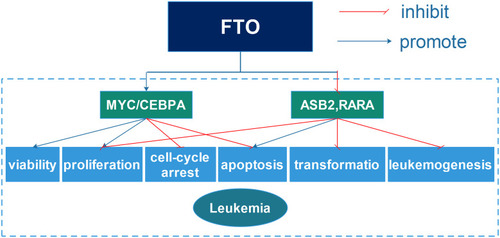Figures & data
Figure 1 FTO, belonged to demethylase, termed as “erasers” and functioned to reverse the methylation.
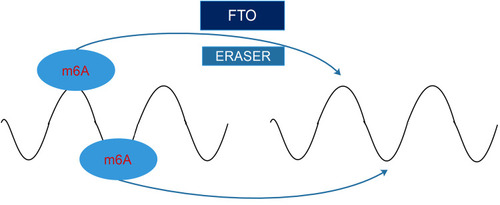
Table 1 The Associations Between FTO SNPs and Various Cancers
Table 2 Expression, Clinical Significance and Biological Functions of FTO in Various Cancers
Figure 2 The specific mechanisms of FTO in breast cancer. FTO greatly participated in the survival, colony formation, metastasis, glycolysis and proliferation of breast cancer through targeting IRX3, BNIP3 and PI3K/AKT.
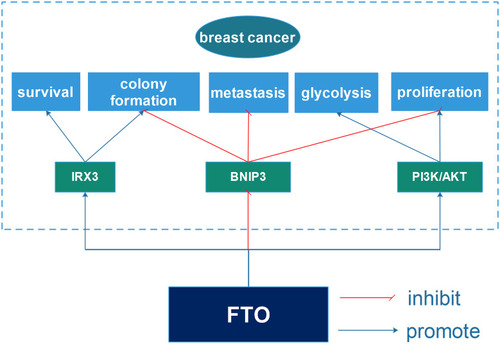
Figure 3 The specific mechanisms of FTO in lung cancer. FTO obviously promoted lung cancer cell colony formation, proliferation, invasion and tumor growth and inhibited apoptosis via promoting the expression of USP7 and MZF1.
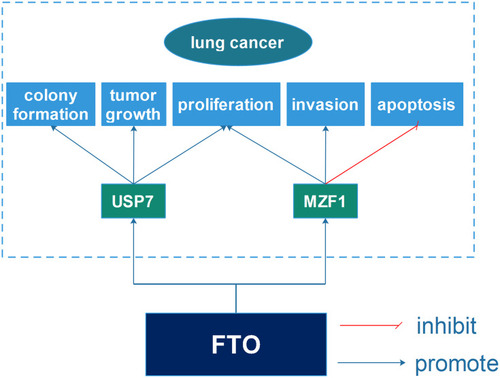
Figure 4 The detailed mechanisms of FTO in gastrointestinal cancer. FTO promoted colorectal and gastric cancer cell proliferation, migration and tumor growth. FTO also advanced cancer cell growth, migration and tumorigenicity through up-regulating MMP13 in esophageal squamous cell carcinoma, and enhanced cancer cell proliferation and tumor growth via up-regulating PKM2 in hepatocellular carcinoma. Finally, FTO promoted pancreatic cancer cell proliferation and inhibited apoptosis by regulating the expression of cMYC.

Figure 5 The specific mechanisms of FTO in urological cancer. FTO advanced bladder cancer cell proliferation and migration and suppressed cytotoxicity. Additionally, FTO greatly participated in cancer cell apoptosis, mitochondrial activity, oxidative stress, ROS production and tumor growth through modulating PGC-1α in clear cell renal cell carcinoma.

Figure 6 The specific mechanisms of FTO in gynecological cancer. FTO greatly influenced ovarian cancer cell stemness and tumorigenesis via suppressing the expression of cAMP. FTO also affected endometrial carcinoma cell proliferation and invasion by modulating PI3K/AKT and MAPK signaling pathways and nuclear localization. Finally, FTO played an important role in the chemo-radiotherapy resistance of cervical squamous cell carcinoma and cancer cell proliferation and migration through up-regulating β-catenin, E2F1 and Myc.
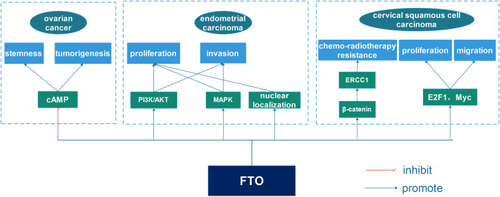
Figure 7 The detailed mechanisms of FTO in leukemia. FTO up-regulated MYC/CEBPA and down-regulatedASB2and RARA, thus promoting leukemia cell viability, proliferation, transformation and leukemogenesis and inhibiting cell-cycle arrest and apoptosis.
